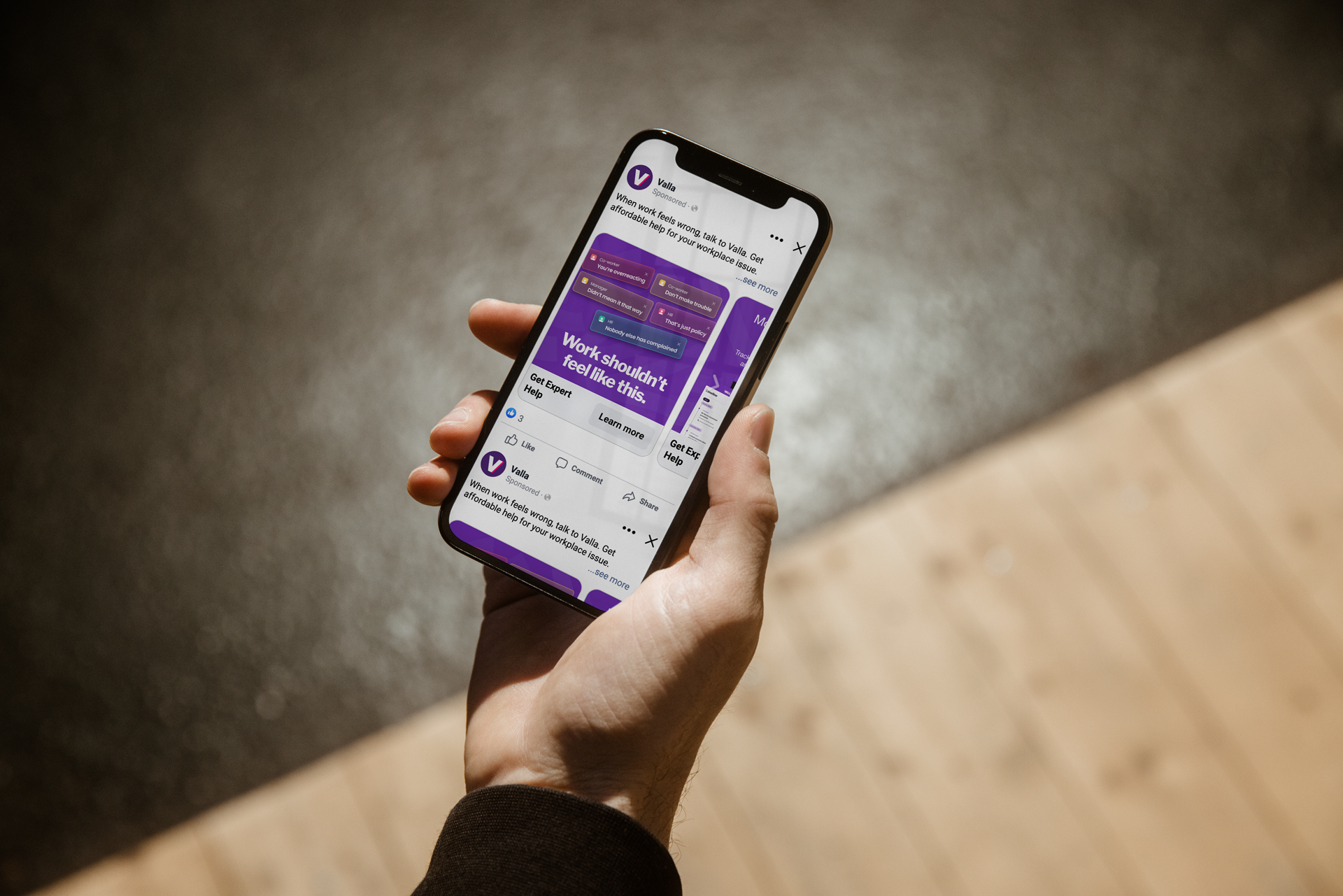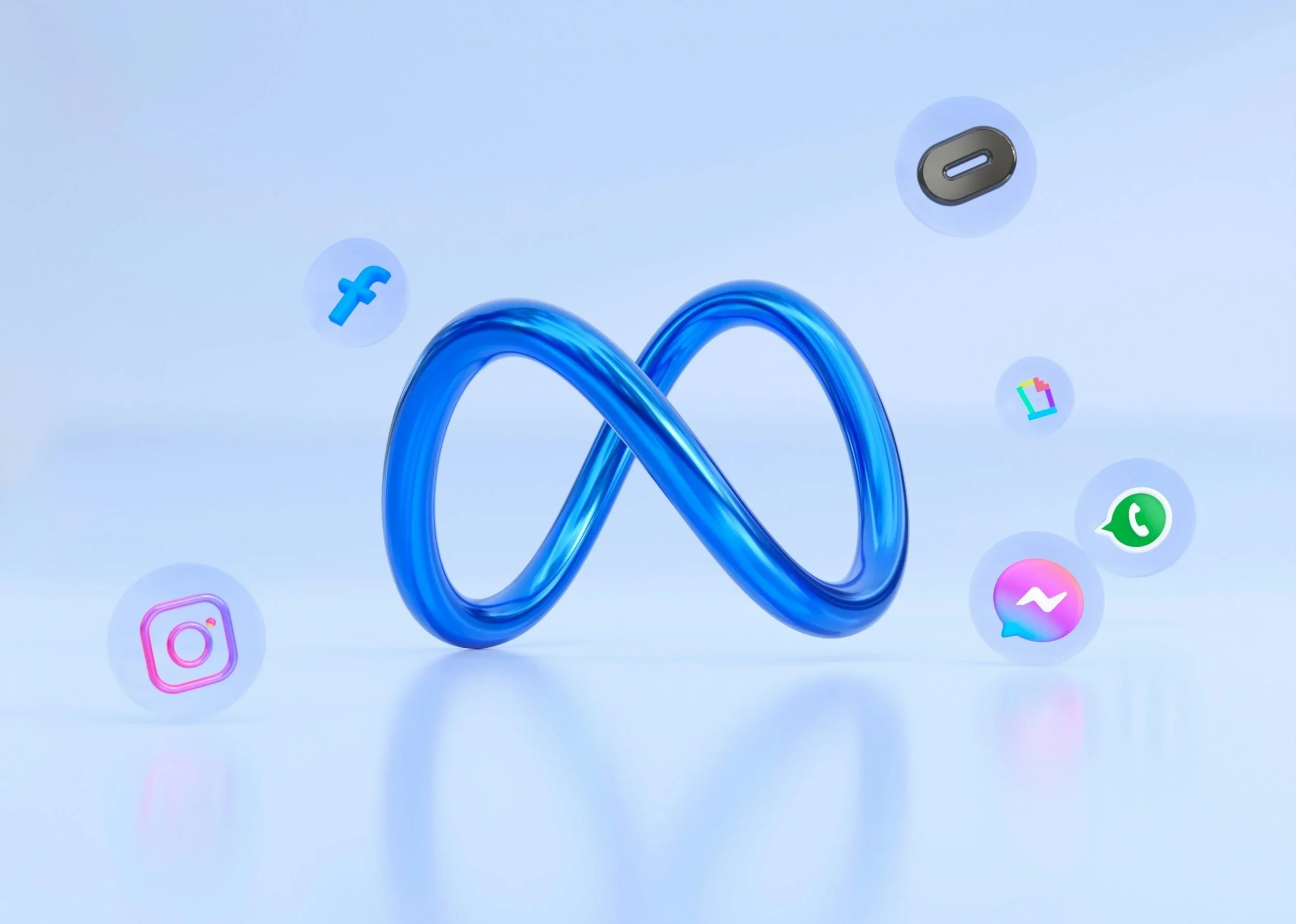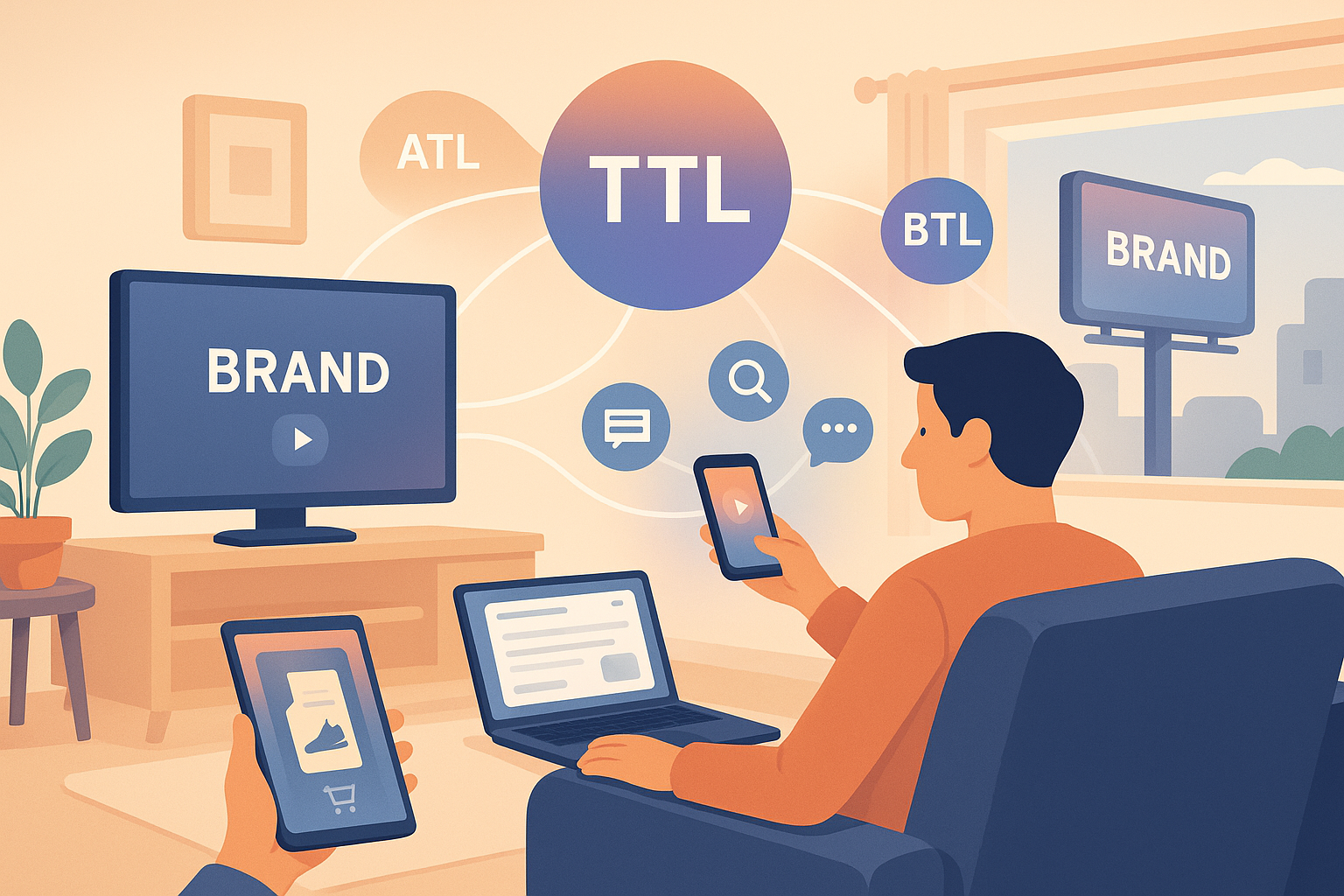What is Below The Line (BTL) Marketing? A Comprehensive Guide
Meta Ad, example of Below The Line Marketing.
Key Takeaways
Below‑the‑line marketing uses targeted channels such as direct mail, email, events, sponsorships, social media and digital marketing to speak directly to specific segments rather than mass audiences.
Its advantages include cost efficiency, measurable results, flexibility and personalised engagement, fostering customer loyalty and high conversion rates.
Effective BTL campaigns employ tactics like experiential events, personalised emails and social media, with notable examples including Red Bull events, Coca‑Cola’s “Share a Coke” and Spotify Wrapped.
Below the line (BTL) marketing refers to promotional strategies that target specific groups of people rather than the general public. It typically involves non-mass media channels and focuses on direct communication to reach a more segmented audience
Below-the-line (BTL) marketing is all about creating targeted advertising campaigns that engage specific segments of your audience. Instead of casting a wide net like ATL marketing, BTL focuses on precision and direct engagement, using channels like direct mail, events, sponsorships, digital marketing, and social media campaigns to communicate in a more personalized way.
Understanding BTL Marketing
BTL marketing is all about knowing your audience and talking directly to them. Unlike traditional ATL strategies, which target a wide and often untargeted audience, BTL allows you to speak to specific customer segments—people whose interests, behaviours, and needs align with what you’re offering. Think of it as having a one-on-one conversation instead of giving a speech to a stadium full of people.
One of the biggest advantages of BTL marketing is its ability to foster direct interaction:
Direct Interaction: Imagine being at an event where you can see your customers face-to-face, engage them, and get immediate feedback. BTL is all about creating those moments. Whether it’s in-store promotions, direct email campaigns, digital marketing, or social media interactions, the goal is to build genuine connections that lead to conversions.
Another great aspect of BTL is cost efficiency:
Cost Efficiency: Since you’re focusing on smaller, more specific groups, your spending can be more controlled. It’s not about blowing up the budget to reach millions—it's about using your resources wisely to get better returns.
Measurable Results: Plus, with BTL, everything is measurable. You can track open rates for emails, conversion rates from events, or digital marketing campaigns, and gather data that tells you exactly how well your campaign is doing.
And let’s not forget about flexibility:
Flexibility: BTL campaigns are highly adaptable. You can tweak your approach in real time based on what’s working and what isn’t. This kind of responsiveness helps in making sure that your marketing efforts are always on point, resonate with your audience, and drive results.
Types of BTL Marketing
BTL marketing includes a variety of methods that let you get up close and personal with your customers:
Direct Mail: Direct mail allows you to send targeted flyers, brochures, or catalogues directly to potential customers. It’s a classic form of BTL that still works well for promoting offers or new product launches.
Email Marketing: Email marketing is another popular BTL method. With email, you can send personalized content, product recommendations, or special promotions directly to your audience’s inbox. Plus, metrics like open rates and click-through rates make it easy to see how your campaign is performing.
Experiential Marketing: Experiential marketing is about giving customers a hands-on experience. In-store promotions, product demos, or events are great ways to engage people directly. When customers get to try out a product or see how it works in real life, it creates a deeper connection with the brand.
Sponsorships: Sponsorships also play a role in BTL strategies. By partnering with events or influencers, brands can tap into niche audiences that align with their target market. The idea is to get in front of people who are already interested in what you have to offer.
Social Media Marketing: Targeted ads on platforms like Facebook, Instagram, or LinkedIn allow you to engage with audiences in real time. You can create content that resonates with specific groups and encourages interaction, making social media an ideal BTL tool.
Digital Marketing: Digital marketing is a crucial part of BTL strategies, encompassing tactics like search engine marketing (SEM), display ads, and pay-per-click (PPC) campaigns. These methods allow for precise audience targeting and are highly measurable, making it easier to optimize campaigns for better performance.
Benefits of BTL Marketing
One of the major benefits of BTL marketing is personalization:
Personalization: Unlike ATL campaigns, which often speak to the masses, BTL campaigns allow you to customize your message to resonate with specific groups. This makes your marketing efforts feel more personal and relevant, which can lead to better engagement and customer loyalty.
Cost efficiency is another significant advantage:
Cost Efficiency: Because you’re targeting smaller groups, BTL tends to be more cost-effective, and you can achieve a higher return on investment. You’re essentially putting your budget to better use by focusing on people who are more likely to be interested in your product or service.
BTL marketing also provides measurable results:
Measurable Impact: You can track exactly how your campaign is performing—whether that’s through conversion rates, customer engagement, or direct sales. This kind of data helps you understand what works and what doesn’t, so you can make informed decisions for future campaigns.
Another big plus is the opportunity for direct customer engagement:
Direct Customer Engagement: When you interact directly with your audience—whether through events, social media, digital marketing, or personalized emails—you’re building relationships. This two-way communication helps foster trust and loyalty, which is key to long-term success.
And because BTL campaigns are flexible, you can adjust them on the fly:
Flexibility and Adaptability: If something isn’t working, you can make changes without too much hassle. This adaptability makes BTL marketing particularly effective for achieving specific marketing objectives.
Examples of Successful BTL Marketing
Let’s look at some real-life examples of how brands have used BTL marketing to great effect:
Red Bull's Event Sponsorships: Red Bull sponsors extreme sports events that perfectly align with its adventurous brand image. By focusing on niche audiences who love adventure, Red Bull strengthens its brand association with energy and excitement.
Coca-Cola’s “Share a Coke” Campaign: By printing people’s names on bottles, Coca-Cola created a personal touch that encouraged customers to find bottles with their names or share them with friends. This simple idea turned a product into a personal connection, boosting both sales and brand engagement.
IKEA's In-Store Experiences: IKEA also excels at BTL with its in-store experiences. Customers can explore showrooms that look like real homes, making it easy to imagine IKEA products in their own space. This kind of experiential marketing encourages customers to spend more time in-store and make purchases.
Spotify’s “Wrapped” Campaign: Spotify’s “Wrapped” campaign is another example. Every year, Spotify sends users personalized reports on their music listening habits, which they can then share on social media. It’s a fun and engaging way for Spotify to connect with users while encouraging brand advocacy.
When to Use BTL Marketing
BTL marketing is perfect for scenarios where you want to:
Engage a Specific Audience: If you’re trying to build a relationship with a targeted group of customers, drive conversions, or create brand loyalty, BTL is the way to go.
Drive Conversions: BTL campaigns are effective at converting interested leads into customers through personalized offers and promotions.
Build Customer Loyalty: Creating long-term relationships with customers through direct interaction and personalized content is key.
Gather Customer Feedback: BTL campaigns provide opportunities for two-way communication, helping brands gather valuable customer insights.
Promote Local or Niche Products: Ideal for targeting smaller geographic areas or niche audiences that may not be reached effectively through mass media.
BTL works well when you need feedback too. The two-way communication that BTL fosters allows you to gather insights and make improvements. Plus, if your product has a local focus or you’re catering to a specific niche, BTL marketing can be far more impactful than broad, mass-media approaches.
Final Thoughts
Below the Line (BTL) marketing is a powerful tool for brands looking to create direct engagement, drive conversions, and build meaningful relationships with customers. By focusing on personalized messaging, measurable results, and adaptable campaigns, BTL offers an effective way to achieve high returns on marketing investment. When paired with ATL marketing, BTL provides a well-rounded approach to growth—ensuring you reach the masses while also engaging specific segments more deeply. If you’re looking to connect directly with your audience and foster lasting relationships, BTL marketing is a strategy worth investing in.












